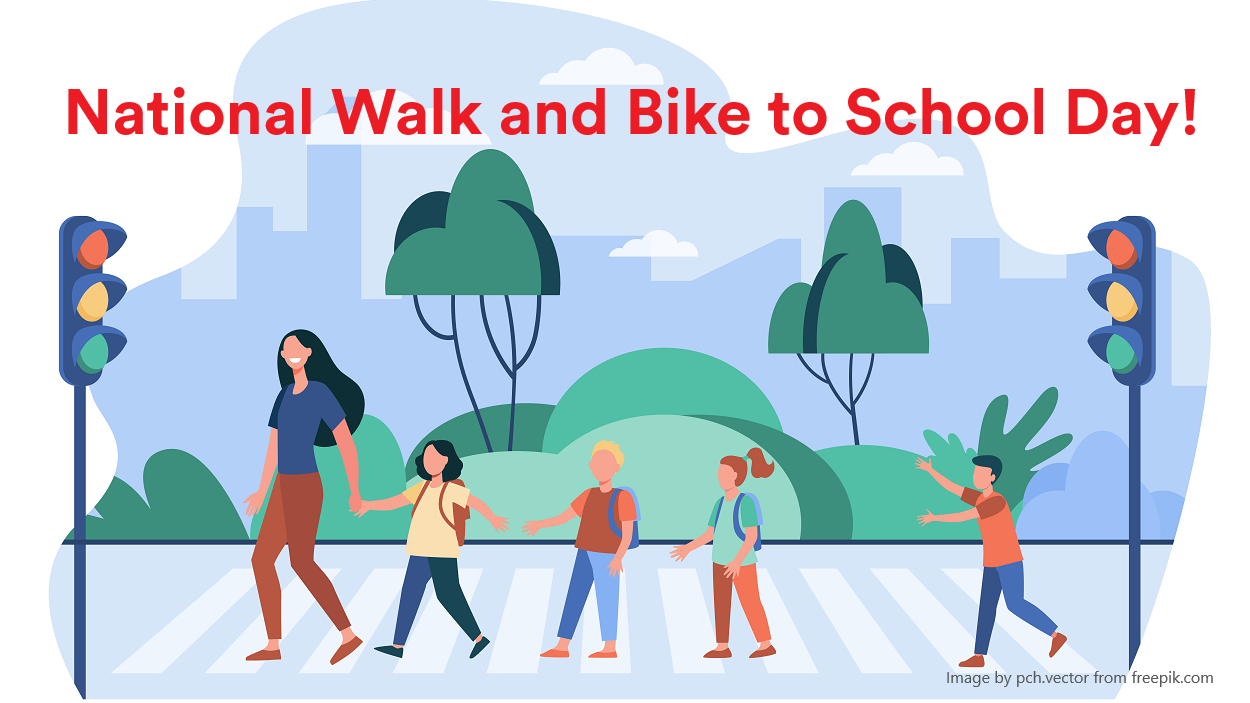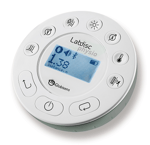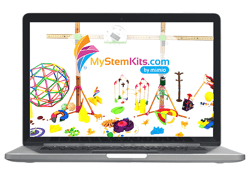
The first Wednesday of October is National Walk and Bike to School Day! Even if you didn’t walk or bike to school with your students today, don’t worry – I've got you covered. Here are 3 activities you and your students can try today (and beyond):
- Walk through the hallways, school parking lot, or playgrounds. Record the number of steps each student takes then create a graph or table comparing. Discuss why there might be differences, such as stride length.
- Challenge your students to learn safe walking and biking routes to and from school. Map out the routes and have students compare routes. Which routes have shorter distances? Which routes have multiple stops?
- Have students collect data as they walk or bike to school. They can answer questions such as:
Walk to school
-
- What is the average number of steps I walk to school? To walk home?
-
- Is there a difference in the number of steps? If yes, why?
-
- What is the average amount of time it takes to walk to school? To walk home?
-
- Is there a difference in the amount of time? If yes, why?
-
- What is my rate of walking?
Bike to school
-
- What is the distance I travel to school? What is the distance to home?
-
- Is there a difference in the distances? If yes, why?
-
- What is the average amount of time it takes to bike to school? To bike home?
-
- Is there a difference in the times? If yes, why?
-
- What is my rate of biking?
For activities 1 and 3, collecting data on heart rate can help students understand the importance of regular physical activity. They can answer the question, What is the difference in my heart rate before I walk or bike to school compared with after I have reached school?
 This question can be answered using a simple-to-use mini science lab called Labdisc. The Labdisc portable STEM lab is a wireless, battery-operated compact data logger with 15 built-in calibrated sensors. It is a great exploration tool for conducting experiments anywhere, including outside of the classroom. The Labdisc comes with a library of lessons for all ages and levels, including one called Right on Target where heart rate is recorded before and after exercise to determine target heart rate. The lesson is thorough, explaining concepts like ‘exercise intensity’ and how it relates to target heart rate.
This question can be answered using a simple-to-use mini science lab called Labdisc. The Labdisc portable STEM lab is a wireless, battery-operated compact data logger with 15 built-in calibrated sensors. It is a great exploration tool for conducting experiments anywhere, including outside of the classroom. The Labdisc comes with a library of lessons for all ages and levels, including one called Right on Target where heart rate is recorded before and after exercise to determine target heart rate. The lesson is thorough, explaining concepts like ‘exercise intensity’ and how it relates to target heart rate.
Another lesson is Our Heart Rate by MyStemKits. MyStemKits curriculum is designed to help teachers incorporate more STEM instruction without a steep learning curve. Many of the lessons can be paired with a 3D printer to create manipulatives so students are engaged in hands-on learning. The Our Heart Rate lesson combines the MyStemKits Human Body Kit with the Labdisc heart rate sensor. Students will learn how the heart functions and can adapt to different behaviors such as walking and biking!

Use National Walk and Bike to School Day as a jumping-off point for these STEM activities, which connect to students' daily lives. As they see how STEM is in everything that they do, their interest in STEM learning will surely grow.
To learn more about the Labdisc portable STEM lab and how this easy-to-use ‘science lab’ can be used for activities inside and outside of the classroom, go to boxlight.com/labdisc-portable-stem-lab.
For a free trial of the award-winning MyStemKits curriculum, go to boxlight.com/mystemkits.


